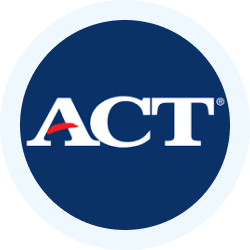ACT Exam > ACT Notes > Physics for ACT > Quick Revision: Motion in a Straight Line
Quick Revision: Motion in a Straight Line | Physics for ACT PDF Download
| Download, print and study this document offline |
|
169 videos|149 docs|75 tests
|
FAQs on Quick Revision: Motion in a Straight Line - Physics for ACT
| 1. What is motion in a straight line? |  |
Ans. Motion in a straight line refers to the movement of an object along a path without any change in its direction. It can be described by its position, velocity, and acceleration.
| 2. What is the difference between speed and velocity in motion? |  |
Ans. Speed is a scalar quantity that measures how fast an object is moving, while velocity is a vector quantity that not only measures the speed but also includes the direction of motion.
| 3. How can we calculate the average velocity of an object in motion? |  |
Ans. The average velocity of an object can be calculated by dividing the total displacement by the total time taken. It is given by the formula: average velocity = (final position - initial position) / time.
| 4. What is the difference between uniform motion and non-uniform motion? |  |
Ans. Uniform motion is when an object covers equal distances in equal intervals of time, while non-uniform motion is when an object covers unequal distances in equal intervals of time or equal distances in unequal intervals of time.
| 5. What is the significance of the slope of the distance-time graph in motion? |  |
Ans. The slope of the distance-time graph represents the speed or velocity of the object in motion. A steeper slope indicates a higher speed, while a flat slope indicates a lower speed or no motion.
Related Searches















